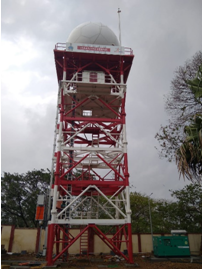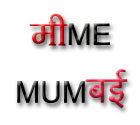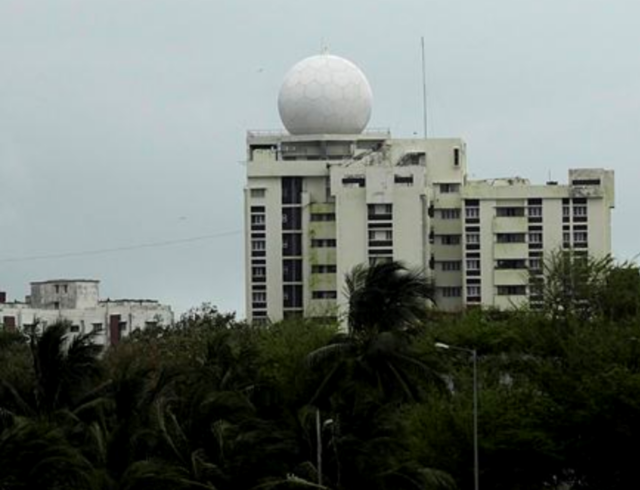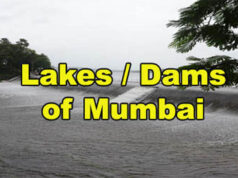The catastrophic rainfall and subsequent flooding that engulfed Mumbai on July 26, 2005, served as a brutal wake-up call for the city’s authorities and meteorological agencies. The unprecedented scale of the disaster exposed the urgent need for more advanced weather monitoring and forecasting systems to enhance disaster preparedness and response.
As a result, the installation of a S band Doppler radar system was imminent in order to bolster Mumbai’s ability to deal with future calamities. The Doppler radar utilizes cutting-edge technology aids crucial information aids in accurate and timely weather forecasts, giving authorities and citizens ample time to implement precautionary measures, evacuate vulnerable areas, and mobilize resources to mitigate potential damages.
However, in recent few years the non-functional state of Colaba Doppler radar and now even the inefficiency of new C band Doppler radar at Veravali raises the concerns of predicting the weather events which may hamper the life of Mumbai.
The Significance of Doppler Radar in Weather Forecasting
Doppler radar is a powerful tool used by meteorologists to track the movement and intensity of precipitation, particularly during severe weather events. By analyzing the Doppler shift in radar echoes, forecasters can detect the speed and direction of rain or storm cells, interpret the motion of raindrops or other particles in the atmosphere, cloud formation and it’s water content enabling them to issue timely alerts and warnings to residents and authorities. This technology is vital for predicting the onset of torrential rains, which can lead to devastating flooding in urban areas like Mumbai.
The 26th July Torrential Rain
The old radar system significantly impacted the weather department’s ability to predict and prepare for the torrential rain that struck Mumbai on 26th July, several years ago. The city experienced an unprecedented downpour, with rainfall amounts surpassing any previous records. The heavy rain led to widespread flooding, loss of life, disruption of essential services, and damage to infrastructure and property.
Challenges Faced by the Weather Department:
Radar Network Expansion: Due to defunct S Band Doppler Radar in Colaba, a new C Band Doppler radar with the help of BMC is installed at Veravalli in Goregaon area. But it is seen that the output of radar shows snag in the system since the inception of radar.
Lack of Real-Time Data: The absence of functional Doppler radar deprived meteorologists of real-time data on rainfall intensity and storm movement. This hindered their ability to accurately predict the onset, duration, and intensity of the torrential rain.
Reliance on Satellite and Weather Models: The weather department had to depend more on satellite data and numerical weather prediction models. While these sources provide valuable information, but they may not offer the same level of precision and real-time updates as Doppler radar.
Limited Lead Time for Warnings: Without Doppler radar’s precise and timely information, forecasters had less lead time to issue accurate warnings to the public and local authorities. This reduced the effectiveness of disaster preparedness and response efforts. It is useful in Nowcasting which is given for 3 to 4 hours predicting development of clouds which can give heavy downpours.
Repair and Upgrades: The IMD and concerned authorities have been working to repair and upgrade the Doppler radar system to restore its functionality fully.

Above image – C band radar., Veravali, Goregaon.
Satellite and Weather Model Utilization: While awaiting the radar system’s restoration, the weather department is relying on integration of satellite data and numerical weather prediction models into its forecasting process.
As the city continues to grow and face climate challenges, efforts to repair and upgrade the radar system, expand the radar network, and improve satellite and model utilization are crucial steps to enhance weather forecasting capabilities and strengthen Mumbai’s resilience against extreme weather events.
Related articles:
Mumbai weather forecast faulty as IMD’s Doppler Weather Radar not functional once again – CNBC News
City’s only functioning doppler radar conks again amid heavy rains – Hindustan Times








